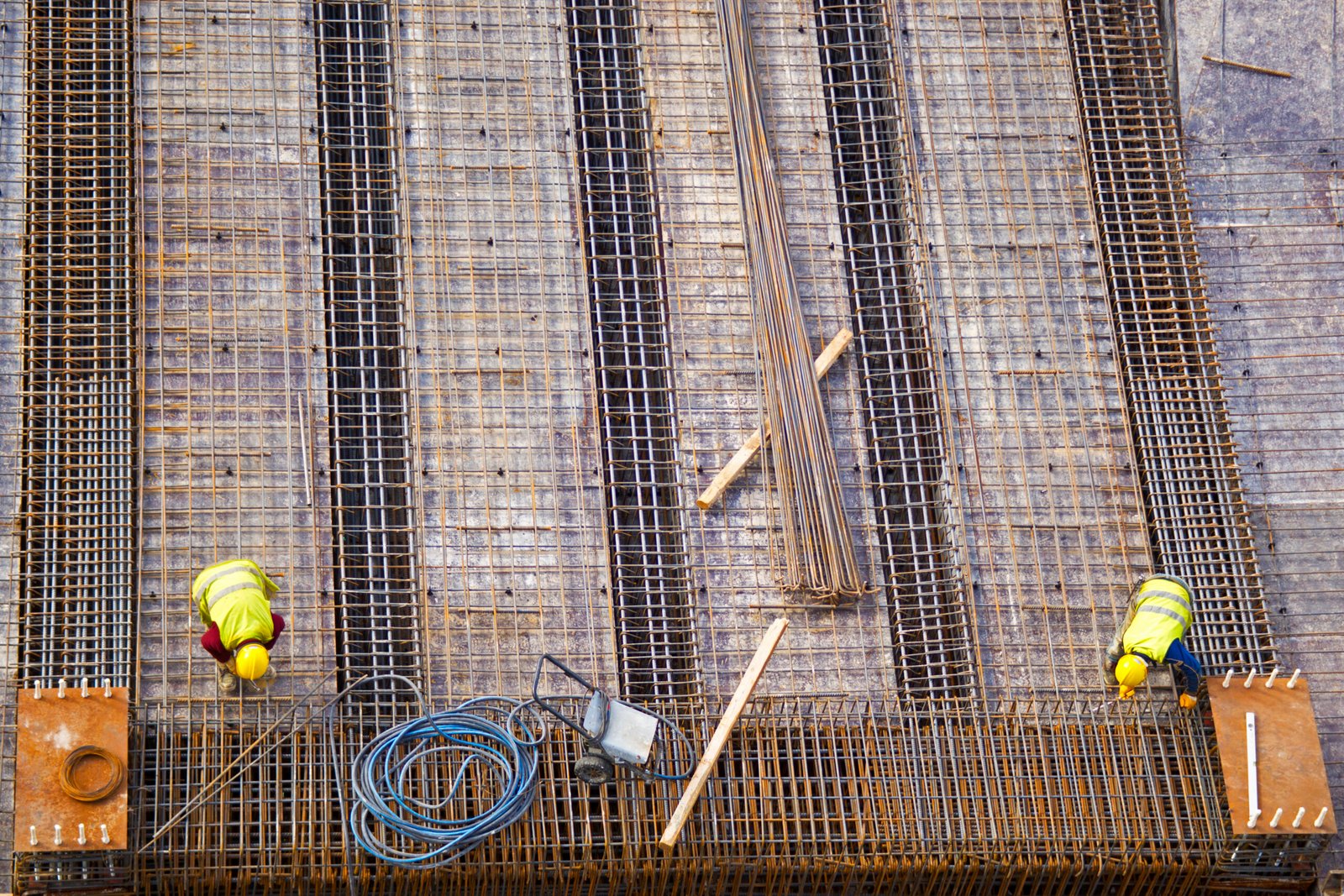For over a century, steel has been the reference material for reinforcing concrete. Yet its main limitation — corrosion — carries an enormous financial and environmental cost. Every year, billions of dollars are spent repairing or replacing infrastructure damaged by rust.
Facing these challenges, a new generation of materials is emerging: Glass Fiber Reinforced Polymer (GFRP) rebars. These innovative bars combine strength, lightness, and durability, marking a true revolution in civil engineering.
Why Replace Steel?
Steel has proven its efficiency, but it suffers from two major weaknesses:
- Corrosion: in marine or humid environments, steel deteriorates quickly.
- High maintenance cost: corrosion-related repairs can account for up to 60% of an infrastructure’s life-cycle cost.
👉 Example: According to the American Society of Civil Engineers (ASCE), corrosion of reinforced concrete bridges costs the U.S. more than $82 billion per year.
For a country like Tunisia, where many infrastructures are exposed to saline air and alternating wet/dry cycles, the challenge is similar.
What Is GFRP?
GFRP rebars (Glass Fiber Reinforced Polymer) are composed of:
- Glass fibers: provide mechanical strength.
- Thermoset resin: binds and protects the fibers.
- Additives: enhance chemical and thermal resistance.
Key properties:
- Tensile strength ≈ 1000 MPa (vs ≈ 500 MPa for steel)
- 4× lighter than steel
- Corrosion-free
- Non-conductive (electrical and magnetic)
Advantages of Composite Reinforcements
- Exceptional Durability
GFRP does not rust and retains its properties for more than 50 years. - Reduced Life-Cycle Costs
- Slightly higher initial investment.
- But major savings over time due to reduced maintenance.
- Ease of Installation
Lightweight bars reduce on-site labor time and logistics costs. - Targeted Applications
- Coastal and marine structures
- Desalination plants and chemical industries
- Tunnels and underground car parks
- Hospitals and laboratories (non-conductive environments)
Global Trends
- Canada & USA: large-scale adoption in bridges and parking facilities.
- Japan: GFRP used for over 30 years in coastal and tunnel works.
- Europe: gradual integration into Eurocodes.
📈 The global GFRP rebar market is estimated at USD 1.5 billion by 2025, with an annual growth rate of around 10%.
Opportunities for Tunisia and Africa
With its extensive coastal regions (Bizerte, Sfax, Gabès, etc.), Tunisia faces the same corrosion issues seen worldwide.
Priority sectors for GFRP adoption:
- Ports and marine infrastructures
- Dams and irrigation channels
- Industrial facilities (chemicals, phosphates)
- Public sustainable buildings (schools, hospitals)
👉 For a country seeking durable and cost-effective construction solutions, GFRP offers a strategic advantage.
Challenges and Limitations
- Higher initial cost than steel
- Lack of local standards (in Tunisia)
- Need for specialized training for engineers and designers
GFRP composite reinforcements provide a credible, high-performance alternative to steel in reinforced concrete. They ensure long-term durability, high strength, and significant life-cycle savings.
Their growing global adoption confirms that they are the future of sustainable construction, especially in aggressive environments such as those found in Tunisia.

